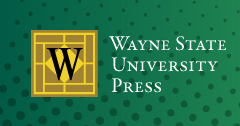Abstract
Violence, wounds, blood, and death are common sights in the battlefield, which has been a favored setting for Israeli cinema from its outset. Local films, however, were not eager to linger over these corporeal horrors and were reluctant to expose the fragmented body and corpse. This has gradually changed, and these days it seems that Israeli cinema is as attracted to explicit images of graphic death as it is repulsed by them. The narratives have also changed, becoming more ideologically ambiguous, and therefore have been criticized by both sides of the political map. These shifts, which have been apparent in the dominant war genre, have permeated into other genres as well and have enabled the materialization of new forms. The death anxiety has been amplified in a wave of horror films that came out in the 2010s. They are harshly critical, and the monstrous enemies in them are internal. They attempt to address and solve problems that the creators of the war films were not fully capable of resolving. Their new style and content enable to deal with national historical traumas, as the casualties of war, and allow them to “reopen old wounds” in a manner that had not been attempted by Israeli filmmakers before.
Recommended Citation
Rosen, Ido
(2020)
"National Fears in Israeli Horror Films,"
Jewish Film & New Media: Vol. 8:
Iss.
1, Article 4.
Available at:
https://digitalcommons.wayne.edu/jewishfilm/vol8/iss1/4
